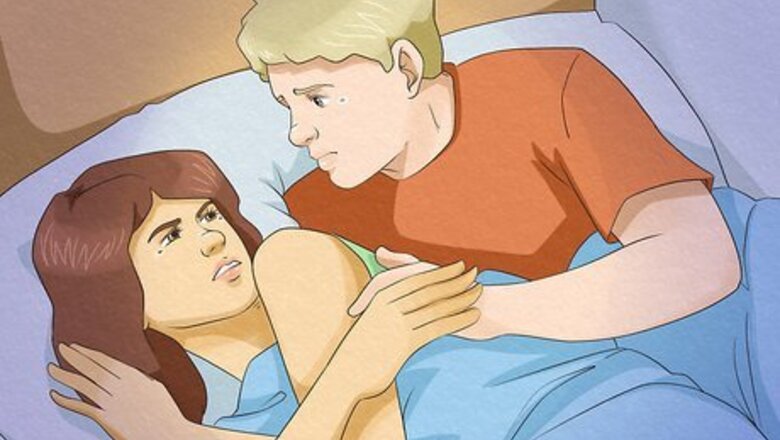
views
- A disorganized attachment style causes a person to feel fear, distrust, and conflicting emotions within their relationships.
- Disorganized individuals often desire close relationships but can be very distrustful of others. They may also be afraid others will abandon or reject them.
- A person’s disorganized attachment style is often the result of abuse, neglect, or other traumatic events during their childhood.
What is a disorganized attachment style?

Disorganized attachment styles cause people to feel fear in their relationships. Also known as a fearful-avoidant attachment style, this attachment is characterized by fear, mistrust, and conflict within the individual. People with a disorganized attachment style often desire intimacy but also put up barriers to protect themselves from being hurt. Their emotions within their relationships with others are often conflicting, and they generally view the world as a hazardous place. The disorganized attachment style is 1 of the 4 attachment styles. The other 3 are: Secure: Secure attachment styles result in stable, healthy, and long-lasting relationships and often stem from healthy relationships with a caregiver during childhood. Anxious-preoccupied: People with this type of attachment style often have low self-esteem and a fear of being abandoned within their relationships. This is often caused by childhood neglect or other past traumatic experiences. Anxious-avoident: Those with an anxious-avoidant attachment style are usually unwilling or unable to connect with others intimately on a physical or emotional basis. This usually results from a caregiver who didn’t provide enough emotional support.
Signs of a Disorganized Attachment Style

Fear of rejection People with disorganized attachment styles deeply desire intimacy and closeness with others, but they’re often afraid that the people in their lives will reject them. This often manifests in their relationships as clinginess or even possessiveness on the disorganized person’s part. They might crave attention from those around them, and they may even become controlling of others. For example, a disorganized person might easily become jealous and accuse their partner of cheating if they talk to someone else. Children with a disorganized attachment style will often become distressed if they’re left with an unfamiliar babysitter or other caregiver.
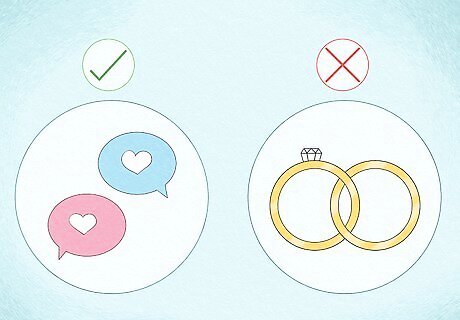
Distrust of others Despite craving closeness and intimacy, people with a disorganized attachment style usually are very distrustful of others and view the world as a dangerous place. Therefore, it can be hard for them to develop the kind of intimate relationships that they desire, and they often purposefully try to establish distance and independence from others. For example, a disorganized person might prefer casual flings rather than choosing to settle down in a long-term relationship. For some, their disorganized attachment style may be the result of an abusive or neglectful upbringing, and this may make them fearful of getting hurt again.

Inability to regulate emotions Someone with a disorganized attachment style can quickly swing between extreme emotions and have a hard time controlling them. This is often due to their conflicting thoughts regarding relationships. On the one hand, they crave closeness, but they also believe that others aren’t dependable. Therefore, this can cause them to swing between extreme emotions, oftentimes rather unpredictably. For example, someone’s disorganized attachment style may cause them to go from loving their partner one day to feeling extreme resentment and loathing the next. A disorganized attachment style can also cause a person to lash out in anger or aggression, and they may even become violent in certain situations.

Inconsistent or chaotic behavior The way a disorganized person behaves can be very contradictory. This can even be seen in children with this type of attachment style. After being separated from their caregiver, a child may act conflicted by initially running toward their caregiver, but then change their mind and run away. The individual’s conflicting thoughts and perceptions of others can cause such inconsistent behavior. For example, they may be affectionate and clingy with their partner for a while, but then become cold, distant, or even neglectful later on. Or, they might try their hardest to get someone else’s attention, but then immediately push the other person away once they start showing interest.

Unstable sense of self People with a disorganized attachment style often have a very distorted self-image and low self-esteem. They might also suddenly change their self-image and fluctuate between high and low views of themselves. This can cause them to abruptly change their goals, opinions, and relationships. For example, they might feel a high sense of self-worth and go out and look for a romantic relationship, but then suddenly be overly critical of themselves and quickly break off the relationship. A person with a disorganized attachment style who’s suffered from abuse or neglect in the past might view themselves as someone who’s unworthy of love or affection.
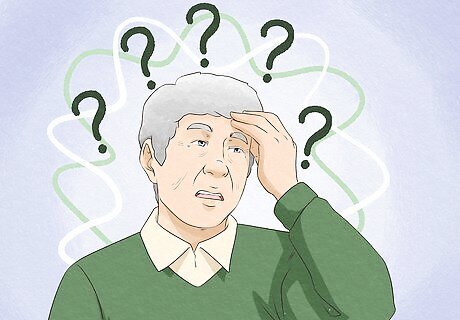
Other mental health conditions Insecure attachment styles, such as disorganized attachment, are risk factors for personality disorders and other mental health illnesses. Unfortunately, self-harm and substance use disorders may develop due to this attachment style, as well as various mood disorders and personality disorders. Some people with disorganized attachment styles may experience symptoms that fall along the traumatic-dissociative dimension, such as memory loss, depersonalization, or derealization.
Disorganized Attachment Style Causes

Abuse Sadly, many people’s disorganized attachment style is a direct result of past physical, emotional, or sexual abuse. For many, this abuse occurred during their childhoods and was initiated by a caregiver or another adult figure in their lives. Abuse of any kind can cause a child to become extremely distrustful and fearful of others, and these negative emotions can easily manifest in their adult relationships through their disorganized attachment style. A child can feel very conflicted when it comes to an abusive caregiver. On one hand, they likely fear and distrust their caregiver, but still view them as someone they can’t survive without and depend on. As a disorganized attachment style forms, a person may feel similar conflicting feelings of fear and desire for closeness in their adult relationships.
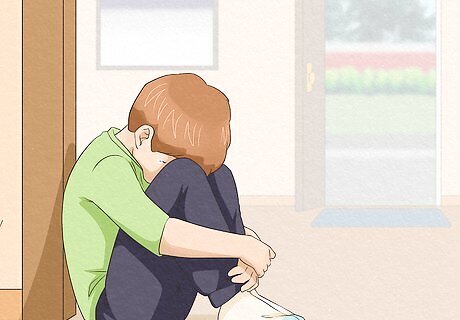
Neglect People who had their physical or emotional needs neglected, especially during their childhood, are more likely to form disorganized attachment styles. Caregivers who completely ignore their child’s physical needs or don’t provide them comfort and security often end up being viewed as unreliable and unpredictable by their children, causing distrust to form. Such inconsistent and unreliable caregiving may cause a child to become independent very early on in life, which can translate to purposefully keeping others at a distance in their adult relationships. EXPERT TIP Chloe Carmichael, PhD Chloe Carmichael, PhD Licensed Clinical Psychologist Chloe Carmichael, PhD is a Licensed Clinical Psychologist who runs a private practice in New York City. With over a decade of psychological consulting experience, Dr. Chloe specializes in relationship issues, stress management, self esteem, and career coaching. She has also instructed undergraduate courses at Long Island University and has served as adjunct faculty at the City University of New York. Dr. Chloe completed her PhD in Clinical Psychology at Long Island University in Brooklyn, New York and her clinical training at Lenox Hill Hospital and Kings County Hospital. She is accredited by the American Psychological Association and is the author of “Nervous Energy: Harness the Power of Your Anxiety” and “Dr. Chloe's 10 Commandments of Dating.” Chloe Carmichael, PhD Chloe Carmichael, PhD Licensed Clinical Psychologist Childhood instability breeds confusing adult relationship behaviors. Disorganized attachment frequently comes from a chaotic or unstable childhood. This can make someone's emotions seem inconsistent in relationships. If their caregivers brought both comfort and fear, it understandably breeds confusing, conflicting adult behaviors. Seeing this pattern is key to improving dynamics rooted in disorganized attachment history.

Inconsistent parenting Caregivers who fluctuate between being affectionate and distant can cause a child to form a disorganized attachment style. Such inconsistent behavior can be really confusing, and a child may find it increasingly difficult to trust and depend on their parent. As a result, they may have a hard time getting close to and trusting others later on in life, and they may even replicate some of these conflicting behaviors in their own relationships.
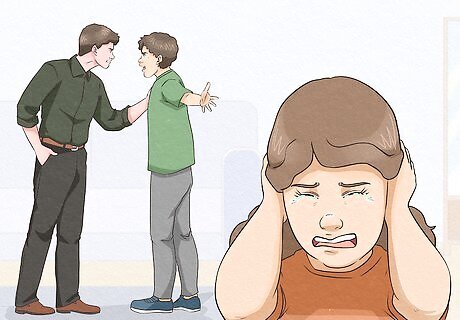
Childhood trauma Aside from neglect and abuse, other traumatic experiences can cause a person to form a disorganized attachment style. For example, seeing a caregiver act out violently toward someone or having to witness them deal with an addiction can be very traumatizing and create a lot of fear and distrust in a child. Unfortunately, such traumatic experiences can stick with a person for a long time, and they may result in a disorganized attachment style that affects future relationships.
Disorganized Attachment Styles in Relationships
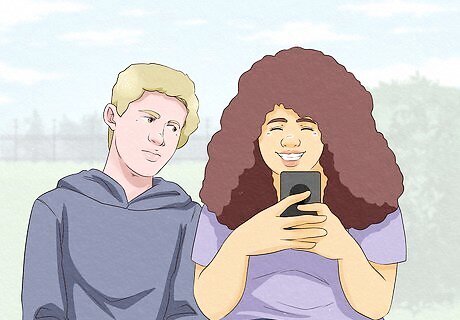
Distrust Despite being in a relationship, someone with a disorganized attachment style may still be very wary and distrusting of their partner. The fear that their partner will eventually leave them or reject them can cause a disorganized individual to be unwilling to open up and allow themselves to be vulnerable. They may also get extremely jealous and possessive if they don’t trust their partner to be faithful. For example, a disorganized person might be very controlling of their partner if they don’t trust them to remain faithful to their relationship. Or, they may be skeptical of their partner’s intentions and thus hold themselves back from being vulnerable in front of their partner.

Unhealthy relationship dynamics Relationships that involve a disorganized individual are often very volatile, and they can behave in very unpredictable or chaotic ways. An individual with a disorganized attachment style may be very controlling of their partner, and, in some cases, can even behave explosively or abusively due to feelings of distrust. For example, a disorganized person may be overly critical of their partner or completely disregard their feelings. In extreme cases, a disorganized individual might even cheat on their partner due to their need for independence and tendency to avoid intimate relationships.
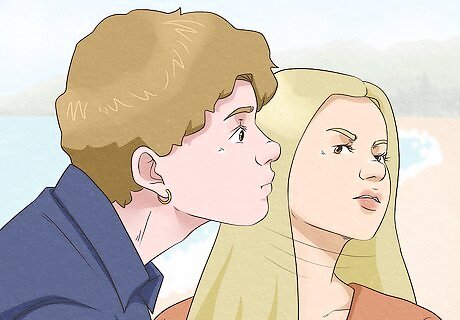
Avoidance of intimacy A disorganized individual’s distrust of others, including their partner, can cause them to keep their partner at a distance and prevent their relationship from becoming too intimate. Some may even prefer to only have casual relationships and purposefully end things before they get too intimate. Some disorganized people may keep their relationship in the dating phase for a long time before either ending things or eventually deciding to move forward with something more serious, like marriage.
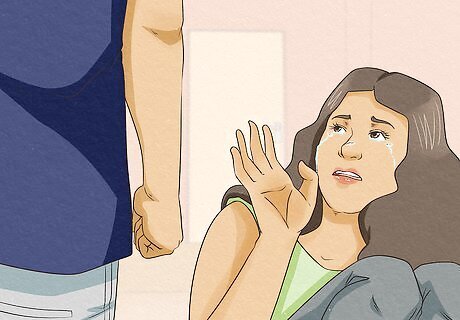
Self-sabatoge Some people with disorganized attachment styles grew up in households that were toxic and chaotic, so they may expect such volatility in their adult romantic relationships as well. If they’re with a partner who’s very calm and secure, they may become suspicious and purposefully create an upset in their relationship so that it’s more familiar to them. For example, a disorganized person might purposefully start arguments with their partner or antagonize them. Or, they may simply end their relationship even if things are going well due to their distrust and uncomfortableness. They may also purposefully choose partners who aren’t good for them, such as abusive or overly controlling individuals.
How to Heal a Disorganized Attachment Style

Self-reflect on your emotions and experiences. If you think you may have a disorganized attachment style, take some time to self-reflect on your past behaviors, experiences, and emotions to better understand your attachment style and its effects on you. A very important step in healing from a disorganized attachment style is making an effort to truly understand your attachment style and how it affects you and your relationships. Ask yourself things like, “How secure do I feel in my relationships?” “Do I show any of the common behaviors of a disorganized attachment style?” and “How do I feel about intimacy?”
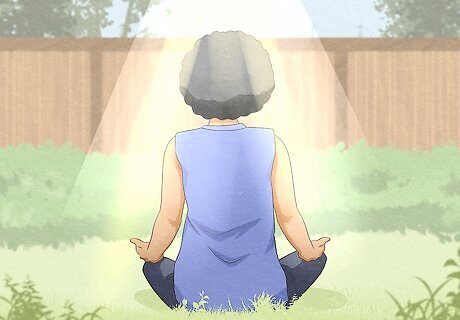
Practice grounding techniques like deep breathing. When it comes to a disorganized attachment style, it can be easy to become overwhelmed by anxious or fearful thoughts. Practicing techniques that help you ground yourself allows you to slow down your thoughts and really reflect on your emotions and the current situation. For example, you might: Do some breathing exercises to help calm yourself down if you’re feeling anxious or panicked. Meditate to ground yourself to the present moment and turn your attention to your inner thoughts. Take a walk out in nature to get away from the noise and chaos that can come from being around other people or a busy area.

Confide in your partner, friends, or family. Remember that you’re not alone in this journey to heal and form secure connections. Talk to the people closest to you and those you truly trust about what you’re going through and what you’re trying to achieve. Ask them to be understanding as you work on yourself and ask for their support and encouragement. They’ll likely be more than happy to stand behind you and help in whatever way they can. Ask for their opinions on what it means to be in a secure relationship. Hearing different perspectives can help you get a better understanding of what you’re trying to achieve.

Treat yourself with kindness and compassion. Make yourself a priority and dedicate time and energy into taking care of yourself. Make sure you’re eating well, getting enough sleep each night, and keeping your stress at a minimum by doing hobbies and activities you enjoy. To heal and form secure connections with others, it’s important to first establish a secure connection with yourself. Use positive affirmations to show yourself love and compassion. Tell yourself things like, “I am worthy of love,” “I am capable,” and “I have people who care about me.”

Talk to a therapist for more support. For many people, their disorganized attachment style is a result of past hardships or trauma. Seeing a therapist can provide you with a safe space to explore your past and present experiences, as well as talk about your inner thoughts and feelings. Your therapist may have suggestions about exercises you can do to start forming secure relationships in your life.
Helping Someone with a Disorganized Attachment Style

Reassure them that you won’t leave them. Someone with a disorganized attachment style may be afraid that the people in their lives will eventually leave them, so it’s important to offer them reassurance that you’ll stick by their side no matter what. Little habits like telling a partner that you love them each day can be a big source of comfort and reassurance for a disorganized individual. Tell them things like, “I’m here whenever you need me” and “You can tell me anything” to let them know that you’ll always be there to support them. Make an effort to spend quality time with them whenever you can. Do things you both enjoy and give them your undivided attention to show them how much you value their presence in your life.

Respect their independence. Disorganized individuals may pull away at times and choose to do things on their own—and that’s okay. Respect their autonomy and independence by letting them do things by themselves and show them that you see them as a trustworthy individual. Someone with a disorganized attachment style can feel stifled if you’re constantly hovering over them, so make sure to allow them to go off and do their own thing when they need to. Any healthy relationship requires people to respect each other’s independence. If you’re in a relationship with a disorganized individual, plan out how much time you’ll spend together and apart.
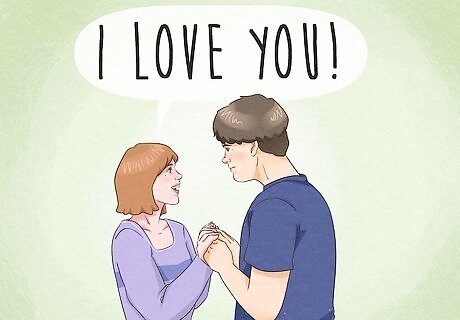
Express your gratitude toward them. Someone with a disorganized attachment style may feel more secure knowing that you truly appreciate and value them. When you express your gratitude, you may be able to help them feel more confident in themselves and your relationship. For example, be sure to compliment them whenever you can and point out the things they did well. Tell them the things you appreciate about them, or write them a letter expressing your gratitude. If you’re in a romantic relationship, saying “I love you” can go a long way in making them feel appreciated and cherished.

Attend couples therapy if you’re in a relationship. Attending couples therapy provides you and your partner with a safe space to talk about your experiences within your relationship and discuss topics or issues that may be on your mind. Your therapist will be there to mediate the discussion, and they may have suggestions about what you and your partner can do to work toward a secure and healthy relationship. Attending family counseling is another option if you have a family member with a disorganized attachment style.
















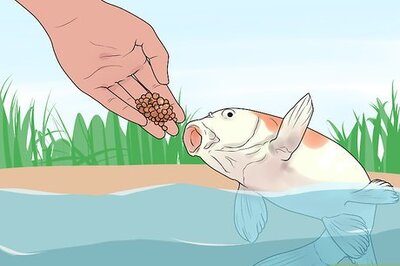

Comments
0 comment